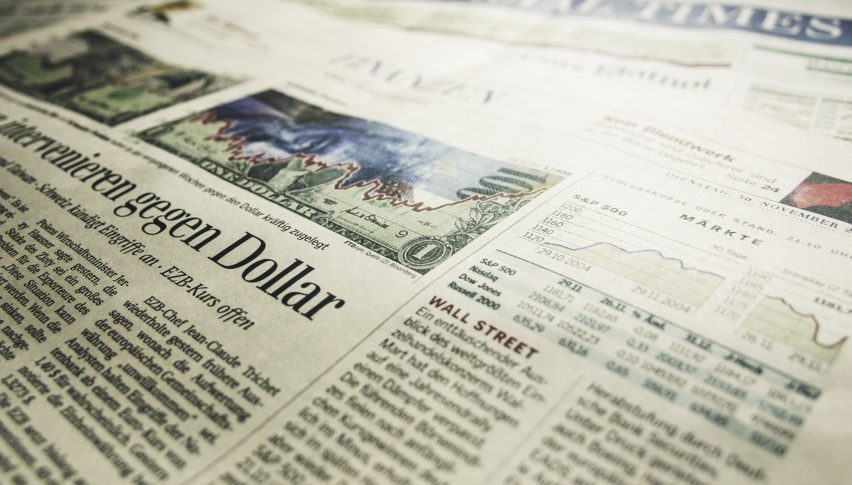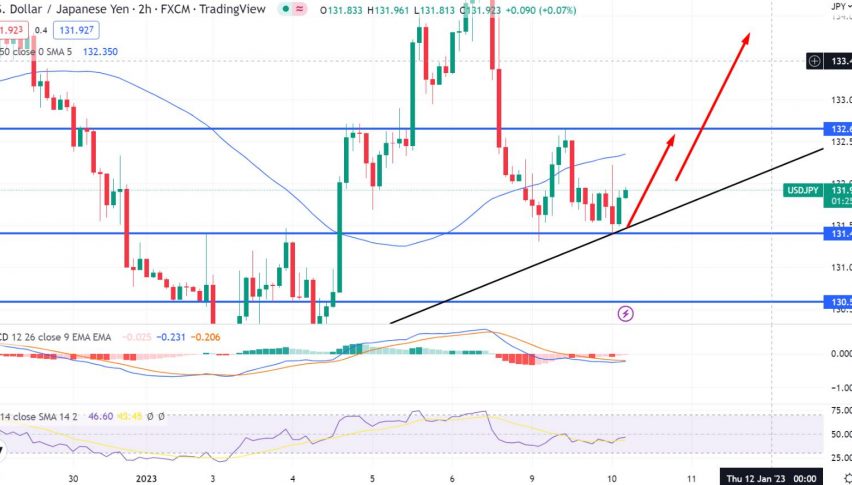Japan Q4 GDP Expands 0.2%, Missing Forecast
Japan’s economy grew at a steady pace in the fourth quarter, although the rate of expansion signaled strong headwinds for a nation struggling with deflation and weak domestic demand.
Gross domestic product (GDP) expanded 0.2% in the October-December period and 1% annually, the Cabinet Office said in a preliminary estimate on Monday. That follows a 0.3% expansion in the third quarter that disappointed preliminary estimates that showed stronger growth.
Economists in a median estimate forecast GDP to expand 0.3% on the quarter and 1.1% annually.
Previous figures for Japan GPD

With the gain, the Japanese economy has now expanded for four consecutive quarters, although the rate of growth has steadily declined over that period. Recent data on manufacturing and employment suggest the economy is gradually improving, although uncertainty about global trade relations could create fresh headaches for policymakers.
Analysts have noted the potential for a major rift in trade relations between the United States and Japan following the election of Donald Trump. After inauguration, Trump immediately withdrew the United States from the Trans-Pacific Partnership (TPP), a deal that Prime Minister Shinzo Abe strongly supported. With the death of TPP – a deal that was widely regarded as one of the most ambitious of all time – Japan must now look for new avenues for strengthening the globalization narrative.
In December, the Japanese government boosted its assessment of the economy for the first time since March 2015, citing a weaker yen and continued government stimulus as major catalysts for growth.
The Bank of Japan (BOJ) has remained largely on the sidelines since shifting course on monetary policy last September. Consumer inflation has shown signs of improvement in recent months, but core prices continue to decline. The BOJ is unlikely to put the brakes on stimulus anytime soon.
Below you have explanation of what these GDP figure actually it is
- GDP measures the total amount of goods and services a country produces
- The figure is like a snapshot of the economy over a certain period of time
- GDP is the total expenditure on domestically-produced final goods and services
GDP = C + I + G + NX
C – Consumption
I – Investment
G – Government Spending
NX – Net Exports (Exports – Imports)
Consumption is the aggregate value of goods and services bought by households
- Durable goods: last a long time, e.g. cars, white goods
- Non-durable goods: last a short time, e.g. food, staples, clothing
- Services: work done for consumers, e.g. accounting and legal services, air travel
Investment is the spending on goods that are not consumed but bought for future use and it includes:
- Business fixed investment spending on plant and equipment that firms will use to produce other goods & services
- Residential fixed investment house purchases and refurbishments by consumers and landlords
- Inventory investment the change in the value of all firms’ inventories
Government spending:
- Includes all government spending on goods and services
- Excludes transfer payments (e.g. unemployment insurance payments), because they do not represent spending on goods and services
Net exports is the value of total exports less than the value of total imports
- Check out our free forex signals
- Follow the top economic events on FX Leaders economic calendar
- Trade better, discover more Forex Trading Strategies
- Open a FREE Trading Account


